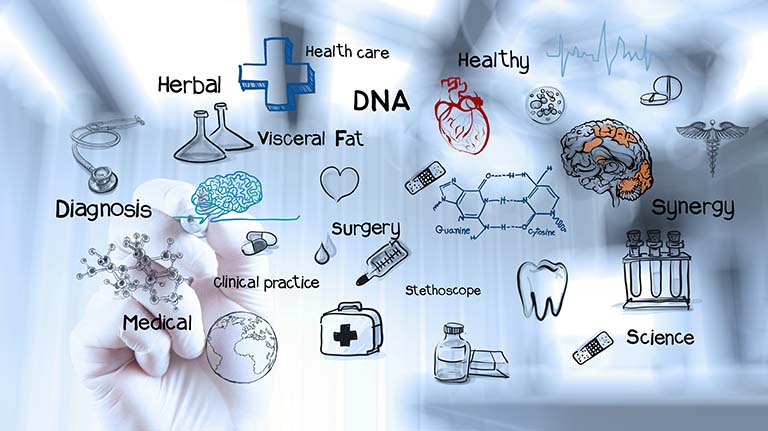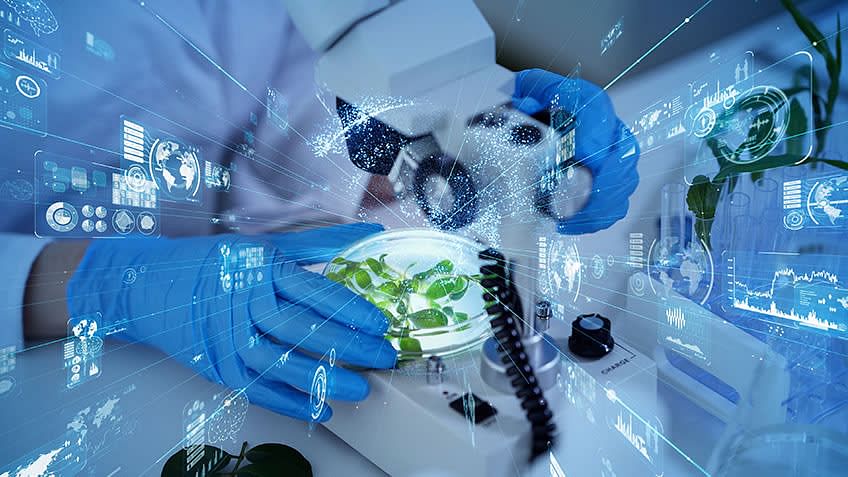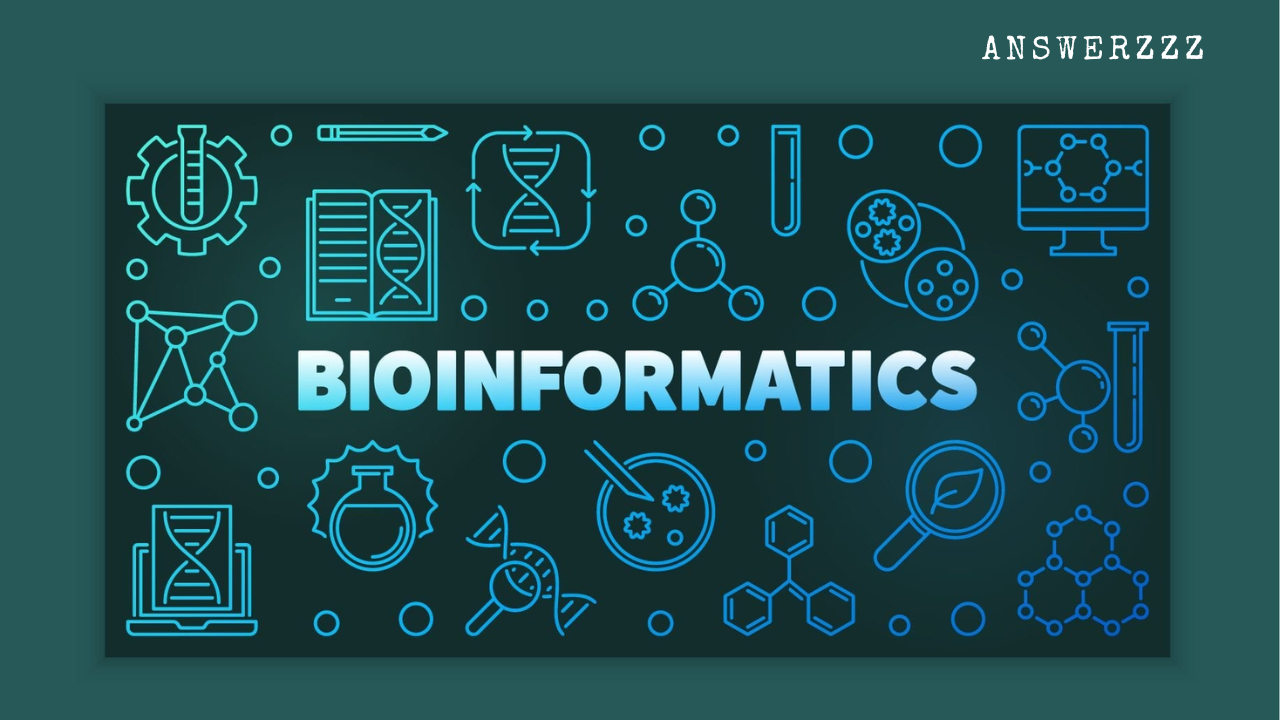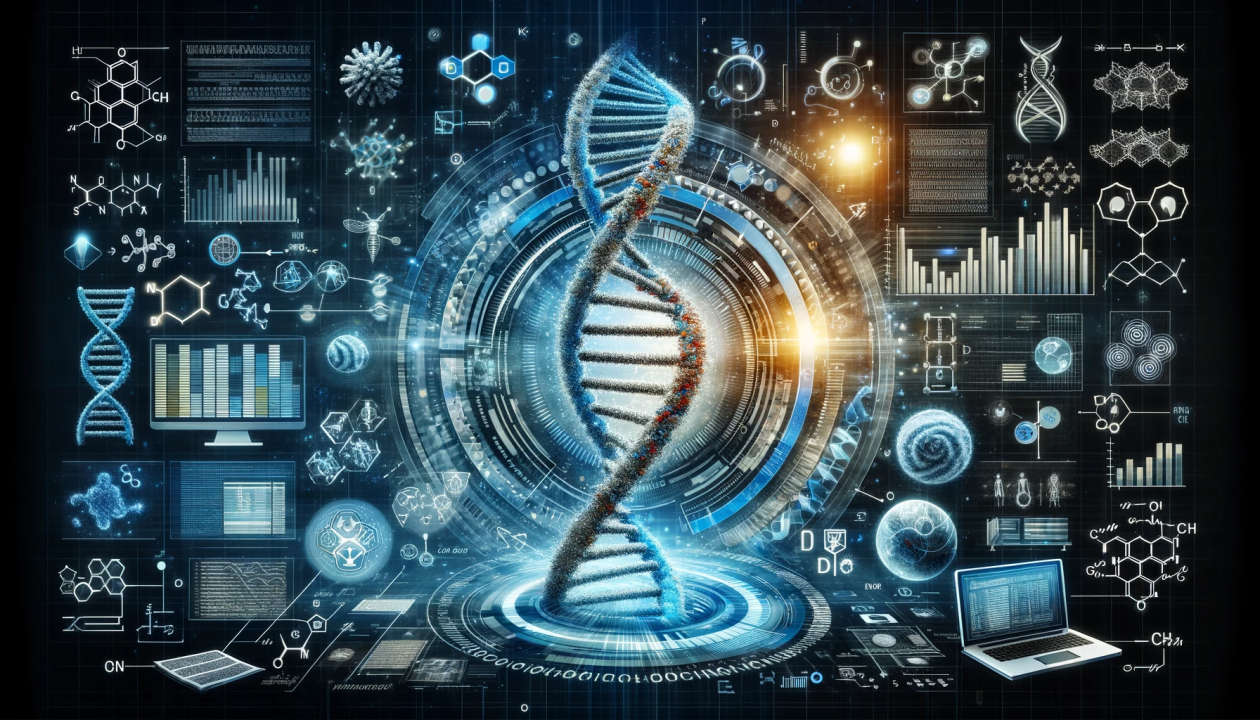Bioinformatics, a multidisciplinary field that merges biology, computer science, and information technology, has emerged as a cornerstone of modern biological research and healthcare. The advent of advanced technologies and the accumulation of vast biological data have propelled bioinformatics into the spotlight, making it an essential tool in genomics, proteomics, drug discovery, and personalized medicine. As we look to the future, the potential applications of bioinformatics are set to expand dramatically, offering new opportunities for innovation and discovery. In this article, we will explore the future of bioinformatics and its applications across various fields, highlighting the trends, challenges, and breakthroughs that lie ahead.
1. The Evolution of Bioinformatics
1.1 Historical Context
Bioinformatics has its roots in the early days of molecular biology, where researchers began to utilize computational tools to manage and analyze DNA and protein sequences. The Human Genome Project, completed in the early 2000s, marked a significant milestone, generating vast amounts of genomic data that necessitated the development of sophisticated bioinformatics tools and databases.
1.2 Current Landscape
Today, bioinformatics encompasses a wide range of applications, from sequencing technologies and genomic data analysis to structural bioinformatics and systems biology. The integration of machine learning and artificial intelligence (AI) has further revolutionized the field, enabling the analysis of complex biological data sets and facilitating discoveries in genetics, microbiology, and beyond.
2. Emerging Trends in Bioinformatics
2.1 Big Data and Cloud Computing
The rapid growth of biological data, driven by high-throughput sequencing technologies and advances in imaging, has led to an explosion of information that requires powerful computational resources for analysis. Cloud computing offers a scalable solution for storing and processing large datasets, enabling researchers to access and analyze data remotely, fostering collaboration and accelerating research efforts.
2.2 Integration of AI and Machine Learning
Artificial intelligence and machine learning are increasingly being integrated into bioinformatics workflows. These technologies allow for the development of predictive models, automated data analysis, and enhanced decision-making processes in areas such as genomics and drug discovery. For instance, AI algorithms can identify patterns in genomic data that may indicate the presence of diseases, leading to earlier diagnoses and more targeted treatments.
2.3 Personalized Medicine
The future of healthcare is moving towards personalized medicine, where treatments are tailored to the individual characteristics of each patient. Bioinformatics plays a pivotal role in this shift by analyzing genomic data to identify biomarkers that can predict treatment responses. This approach enhances the efficacy of therapies and minimizes adverse effects, ultimately improving patient outcomes.
3. Applications of Bioinformatics
3.1 Genomics and Disease Research
Genomic research has greatly benefited from bioinformatics, particularly in understanding complex diseases such as cancer, diabetes, and cardiovascular disorders. By analyzing genomic data, researchers can identify genetic mutations associated with these diseases, leading to the development of targeted therapies and preventative measures.
3.1.1 Cancer Genomics
In cancer research, bioinformatics tools are used to analyze tumour genomes and transcriptomes, providing insights into the genetic alterations that drive cancer progression. This knowledge facilitates the development of precision oncology approaches, where treatments are tailored based on the genetic profile of an individual’s tumour.
3.2 Drug Discovery and Development
Bioinformatics has transformed the drug discovery process by enabling the identification of novel drug targets and predicting drug interactions. Computational methods, such as molecular docking and virtual screening, allow researchers to simulate how potential drug candidates interact with target proteins, streamlining the discovery of effective therapeutics.
3.2.1 Pharmacogenomics
Pharmacogenomics, a subfield of bioinformatics, focuses on understanding how an individual’s genetic makeup influences their response to medications. By analyzing genetic variations, researchers can predict which patients are likely to benefit from specific drugs, thereby optimizing treatment strategies and reducing the trial-and-error approach often associated with prescribing medications.
3.3 Metagenomics
Metagenomics, the study of genetic material recovered directly from environmental samples, has opened new avenues in understanding microbial communities and their roles in health and disease. Bioinformatics tools are essential for analyzing metagenomic data, allowing researchers to identify microbial species and their functional potentials in various environments, from the human gut to extreme ecosystems.
3.3.1 Microbiome Research
The human microbiome has gained significant attention in recent years due to its profound impact on health and disease. Bioinformatics analyses of microbiome data facilitate the identification of correlations between microbial diversity and various health conditions, such as obesity, autoimmune diseases, and mental health disorders. This understanding could lead to novel therapeutic strategies targeting the microbiome.
3.4 Structural Bioinformatics
Structural bioinformatics focuses on the analysis and prediction of the three-dimensional structures of biological macromolecules. This field is crucial for understanding protein functions, interactions, and the development of new drugs.
3.4.1 Protein Structure Prediction
Advancements in computational methods, such as AlphaFold, have revolutionized protein structure prediction. These tools use AI algorithms to predict the 3D structure of proteins with remarkable accuracy, facilitating drug design and our understanding of biological processes at the molecular level.
3.5 Systems Biology
Systems biology integrates biological data across various scales, from molecules to organisms, to understand complex biological systems. Bioinformatics tools enable the modelling and simulation of biological networks, providing insights into how different components interact and contribute to overall biological functions.
3.5.1 Disease Modeling
By applying systems biology approaches, researchers can create predictive models of diseases, leading to a better understanding of disease mechanisms and potential therapeutic interventions. This integrative approach is particularly valuable in cancer research, where the interplay of genetic and environmental factors complicates disease progression.

4. Challenges in Bioinformatics
4.1 Data Management and Integration
As the volume of biological data continues to grow, managing and integrating diverse datasets becomes increasingly challenging. Ensuring data quality, standardization, and interoperability is essential for effective analysis and collaboration among researchers.
4.2 Ethical Considerations
The use of bioinformatics in healthcare raises ethical concerns, particularly regarding data privacy and security. As genomic data becomes more accessible, safeguarding patient information and addressing potential misuse is paramount. Researchers and institutions must establish ethical frameworks to govern the responsible use of bioinformatics technologies.
4.3 Skills Gap and Training
The rapid evolution of bioinformatics technologies necessitates a workforce skilled in both biology and computational methods. There is a growing need for educational programs that bridge this skills gap, providing training in bioinformatics tools, data analysis, and interpretation of results.
5. The Future of Bioinformatics
5.1 Interdisciplinary Collaboration
The future of bioinformatics will be characterized by increased collaboration between biologists, computer scientists, and data analysts. Interdisciplinary teams will work together to develop innovative solutions to complex biological questions, leading to breakthroughs in research and clinical applications.
5.2 Advances in Technology
Continued advancements in technology, including quantum computing and high-throughput sequencing, will further enhance the capabilities of bioinformatics. These innovations will enable the analysis of even larger datasets and facilitate the discovery of novel biological insights.
5.3 Global Health Initiatives
Bioinformatics will play a crucial role in addressing global health challenges, such as pandemics and antibiotic resistance. By analyzing genomic data from infectious agents, researchers can track outbreaks, identify potential threats, and develop effective prevention strategies.
5.4 Real-World Applications
The integration of bioinformatics into clinical practice will lead to more personalized and effective healthcare solutions. As bioinformatics tools become more accessible, healthcare providers will be able to leverage genomic data to inform treatment decisions, ultimately improving patient outcomes.
The future of bioinformatics is bright, with vast potential for transformative applications across various fields. As we continue to accumulate biological data and develop innovative computational tools, bioinformatics will play an increasingly vital role in advancing our understanding of biology and improving human health. By addressing the challenges and embracing the opportunities ahead, the bioinformatics community can drive significant progress in research, healthcare, and beyond. The next decade promises to be a period of unprecedented growth and discovery, positioning bioinformatics at the forefront of scientific advancement.





